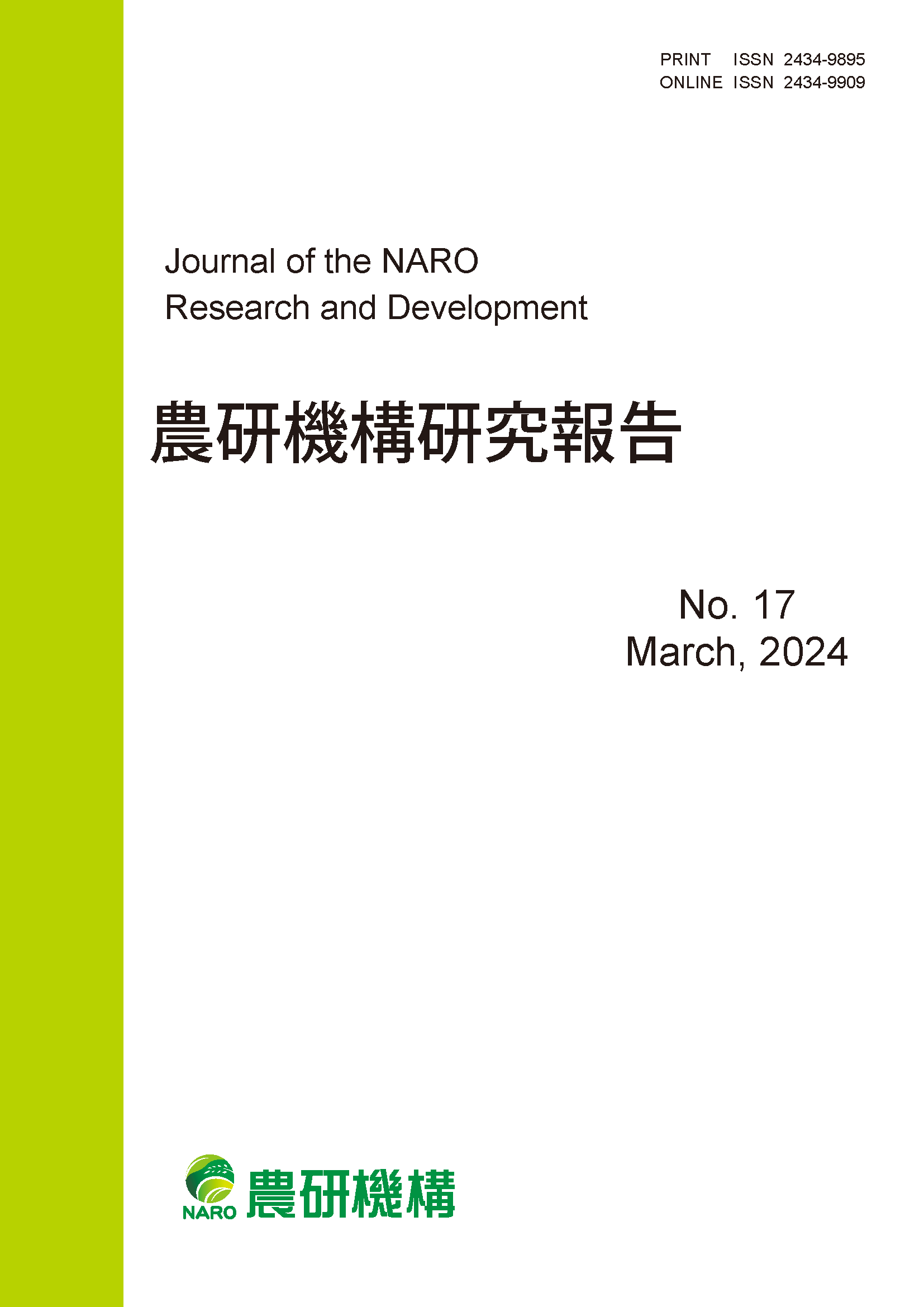Volume 2024, Issue 17
Displaying 1-7 of 7 articles from this issue
- |<
- <
- 1
- >
- >|
Cover, Index, Editorial board and Imprint
-
2024Volume 2024Issue 17 Pages 0-
Published: March 29, 2024
Released on J-STAGE: March 29, 2024
Download PDF (1168K)
Original Paper
-
2024Volume 2024Issue 17 Pages 1-22
Published: March 29, 2024
Released on J-STAGE: March 29, 2024
Download PDF (1554K) Full view HTML -
2024Volume 2024Issue 17 Pages 23-37
Published: March 29, 2024
Released on J-STAGE: March 29, 2024
Download PDF (6737K) Full view HTML -
2024Volume 2024Issue 17 Pages 39-52
Published: March 29, 2024
Released on J-STAGE: March 29, 2024
Download PDF (8188K) Full view HTML -
2024Volume 2024Issue 17 Pages 53-69
Published: March 29, 2024
Released on J-STAGE: March 29, 2024
Download PDF (3707K) Full view HTML -
2024Volume 2024Issue 17 Pages 71-77
Published: March 29, 2024
Released on J-STAGE: March 29, 2024
Download PDF (1249K) Full view HTML
Contribution rule
-
2024Volume 2024Issue 17 Pages 79-83
Published: March 29, 2024
Released on J-STAGE: March 29, 2024
Download PDF (1102K)
- |<
- <
- 1
- >
- >|
